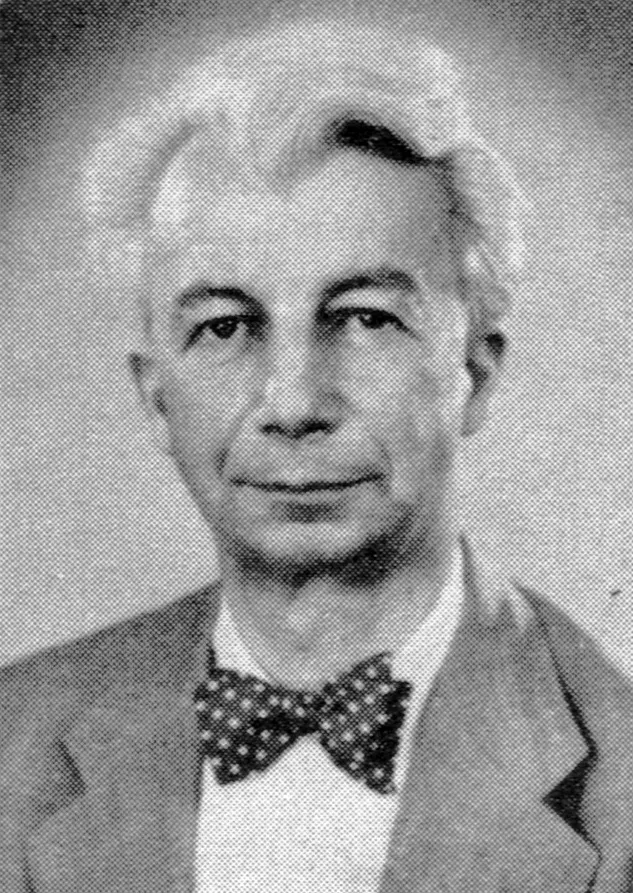Graphis is one of the industries most long-standing magazines. It was first published in 1944 and founded by Walter Herdeg and Walter Amstutz in Zurich, Switzerland. It was released bimonthly and was trilingual, with articles in English, French and German.




